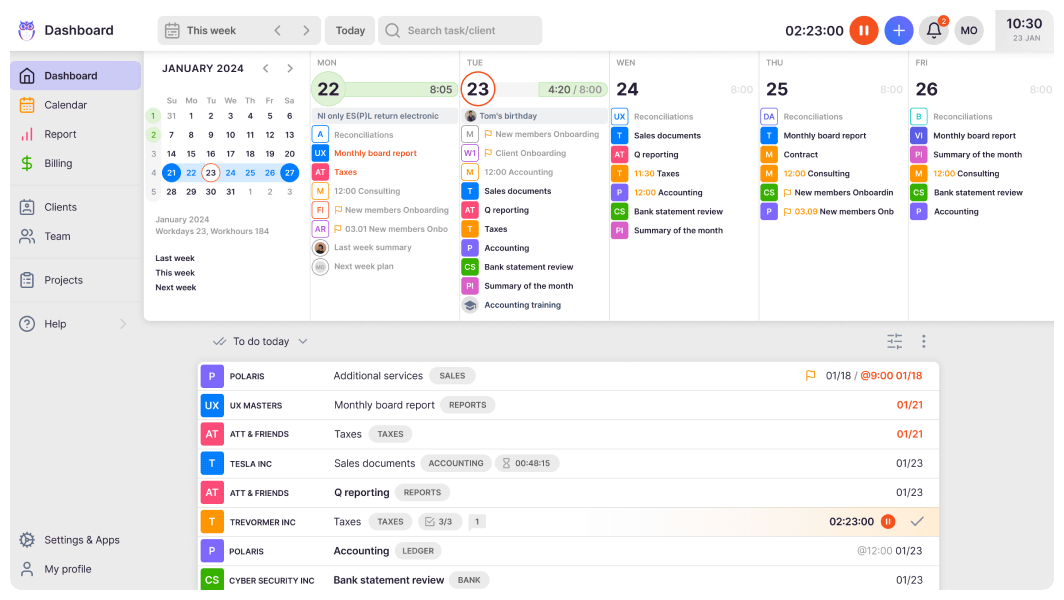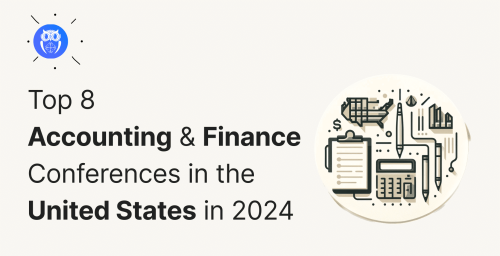Post summary:
- What is workflow management?
- Advantages of workflow management
- Choosing workflow management software
- 9 proven ways workflow management increases efficiency
For many of us, being productive is a skill that needs to be mastered.
Sure, it is something we strive for, attempt to get into the habits of and pursue in the hope of achieving.
So when the opportunity for a little smart digital help is presented to us, we would be fools not to consider it.
Discussing workflow management is not the sexiest of technologies to consider.
Yet, if you’re looking to boost your productivity, increase task efficiency, and make more business profit, it’s a necessary discussion you cannot avoid.
After all, research has demonstrated that inefficient workflows account for a 20-30% reduction in revenue each year. Imagine what an extra 20% revenue would do for your company?
What is workflow management?
Workflow management is the planning of tasks that form the work an organisation does. Workflow is a sequence of tasks that form a larger task, and is sometimes known as ‘business processes.’ To improve business profitability and client satisfaction, companies use efficient workflow management.
Advantages of efficient workflow management
A significant advantage of workflow management is the ability to add documents, files and other digital artefacts throughout the process.
The benefit is that work documentation is updated in one place. So, people working on each task, including management, can find everything they need in one place.
For example, within our accountancy management software, users store all client conversations and supporting documents in one place.
No matter which stage of the task, users access invoices, expenses, VAT letters and client messages all from the same screen. Employees no longer need to search for paperwork that has become dispersed across the office, saving valuable time.
As tasks proceed through each workflow, extra documentation may be added by an employee, updating the job as it ‘flows.’
For example, a member of staff has to check invoices to ensure they meet HMRC requirements manually. Once completed, the workflow can time and date stamp once done. Plus, Uku records which member who did the work before sending it onto the next stage.
Furthermore, Uku’s time-tracking makes it easier for staff members to switch the time-tracking on and off. Thus providing invaluable insight into how long tasks take to do.
The ultimate result is that the tasks move from initial engagement to fulfilment much faster and in a more timely manner.
Employees don’t frantically search for lost documents but focus on the work they do. Staff contact clients to get missing materials that Uku has identified as not listed.
Where there are workflow delays, it becomes quicker to locate where the bottleneck is and take action to get back on track.
Choosing the right workflow management software (that will increase efficienfy)
Each business has different task workflows.
Whatever your routine, using workflow management software outlines and monitors all business activity. Making it easier to identify any potential delays that may arise.
As we all are aware, daily operations seldom go uninterrupted.
There are delays, setbacks, and last-minute amendments.
Having an overview of each workflow helps business managers to react to delays and action in a more timely manner. Organisations who do this achieve peak efficiency on every task, providing faster and better value to their clientele.
The purpose of workflow management software is to help business owners achieve peak efficiency by streamlining task activity within the workplace.
Workflow management considers everything that’s involved in the daily completion of tasks:
- client engagement
- task setup
- employee roles in completing tasks
- resources needed to complete the said tasks
- time tracking
- automation
It should guarantee that each workflow has the necessary information to complete it. At the same time, eliminating inefficiencies and boosting productivity.
The software is available in both desktop and cloud-based platforms. Most businesses opt for web-based because not only is it more cost-effective. (Updates are continually added.) To keep pace with the competition in an ever-advancing digital market, it makes more sense.
9 proven ways workflow management increases efficiency
Once a business is using workflow management software, the next steps are to train your team in becoming masters of productivity.
Workflow management software is itself only a tool. If used correctly and to its potential, it will result in practical and profitable benefits for your team.
These include:
- Digitising workflow management allows business owners to identify and remove any unnecessary steps. Thus reducing workflow lengths.
- Work completed is continually standardised. Everybody has ‘their’ way of doing a task. Workflow management software ensures that your standard operating procedures are always met. For example, software like Uku can make task lists that must be completed for every customer, each time.
- Guaranteeing and correctly doing work every time. The sequential nature of workflow management ensures tasks are actioned at the right time. Jobs are only forwarded on when workers complete the preceding and current steps.
- No more chasing for paperwork. Meaning the days of misplaced documents, files and waiting on colleagues to finish their tasks is finally over. Businesses save time and reduce the need for paper documents, so it is more environmentally friendly too.
- Workflow management visibility is available at all times. Employees can pick up where they left a task. Plus, if clients call and ask for an update, any employee can provide a real-time update, including the time so far spent due to time-tracking functionality within the software.
- A holistic overview provides business owners with invaluable insights. Who can action specific tasks or who is faster? Operating like this increases the quality of the work and reduces the time taken to complete a task. Managers identify which employees need extra task training to improve as an employee.
- Tasks can be time tracked, so both managers and employees get insight into how long each task has taken. They know how much to bill clients and customers accordingly.
- Reduced human intervention lessens the chances of human error. Not only is this saving resources and time, but it improves task efficiency.
- Automating manual or monotonous workflows means the tedious tasks are quickly completed. Managers and employees can focus more on business development and strategy.
For business owners who have already adopted a workflow management software, do let me know in the comments which solution has helped you reap the rewards.
Always great to learn how others are doing!














